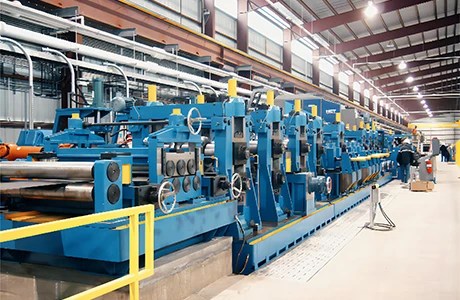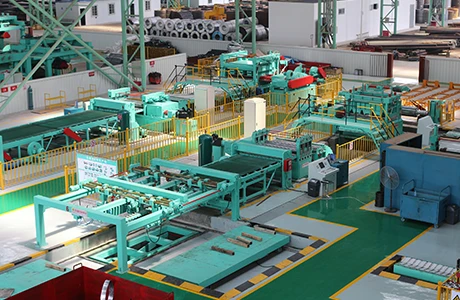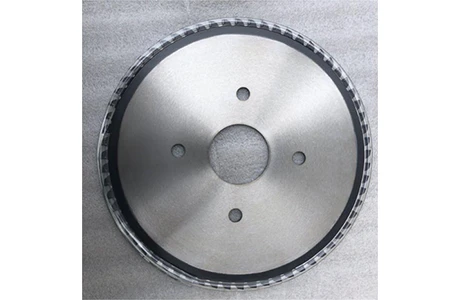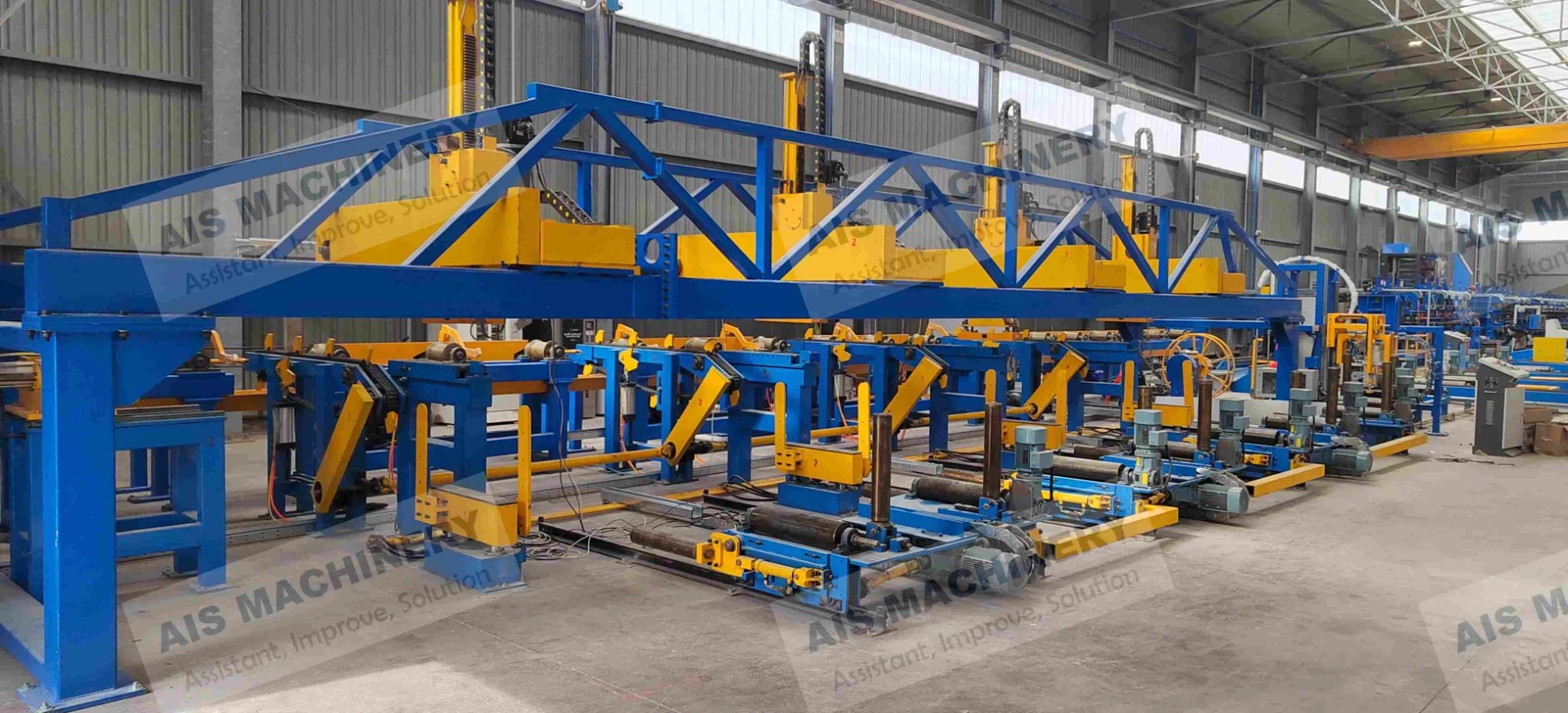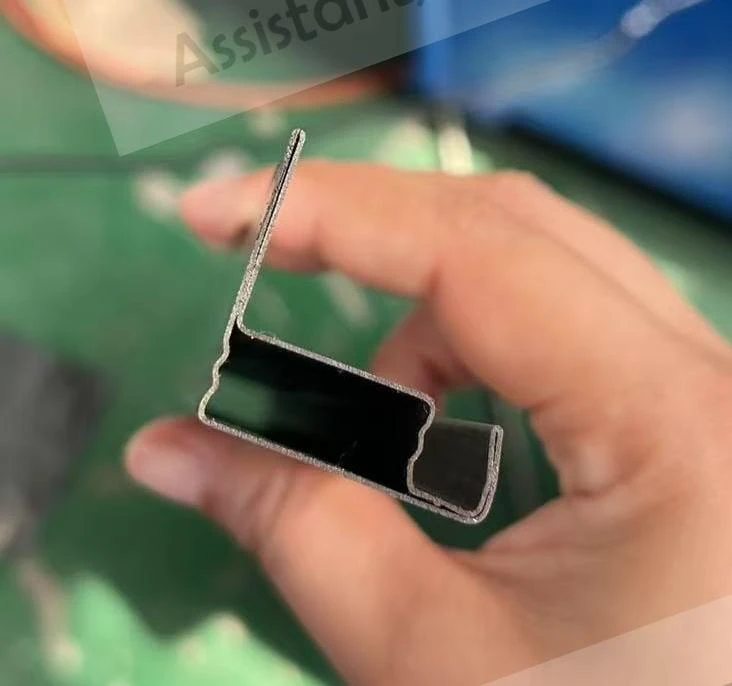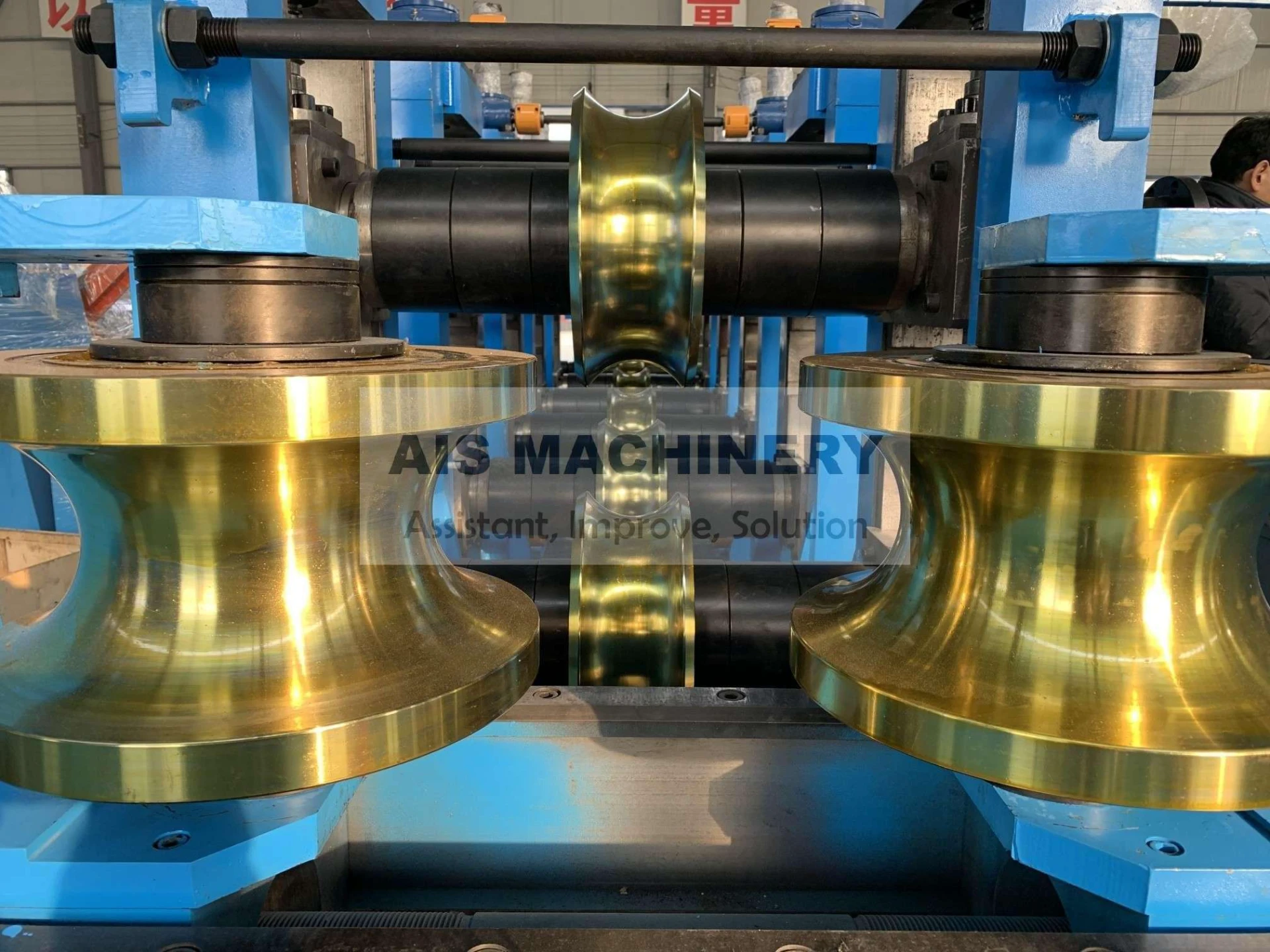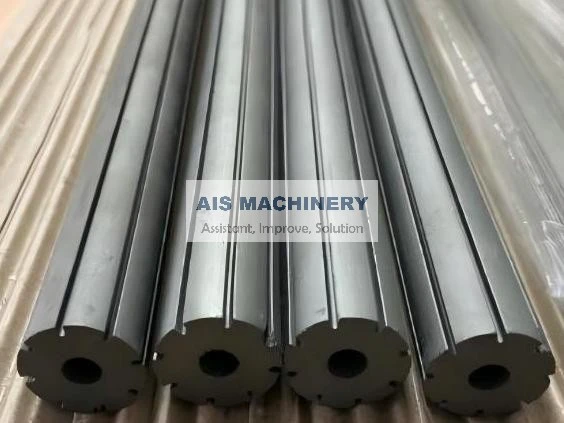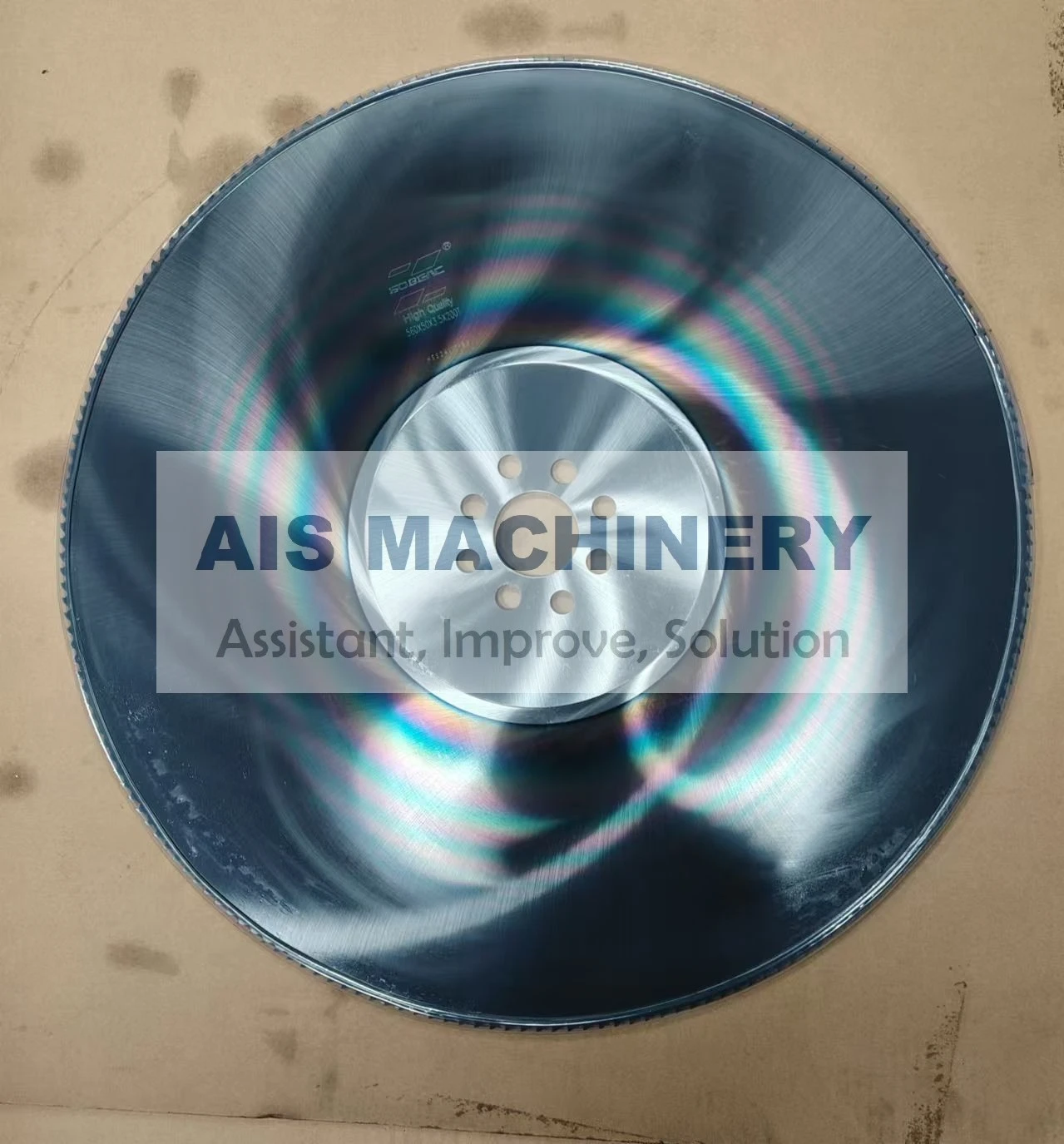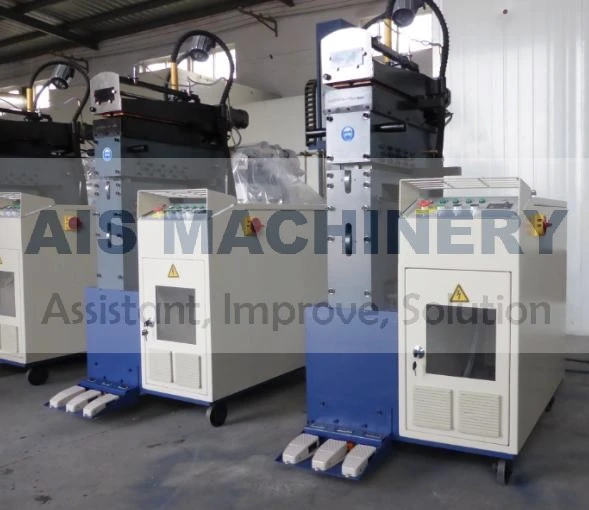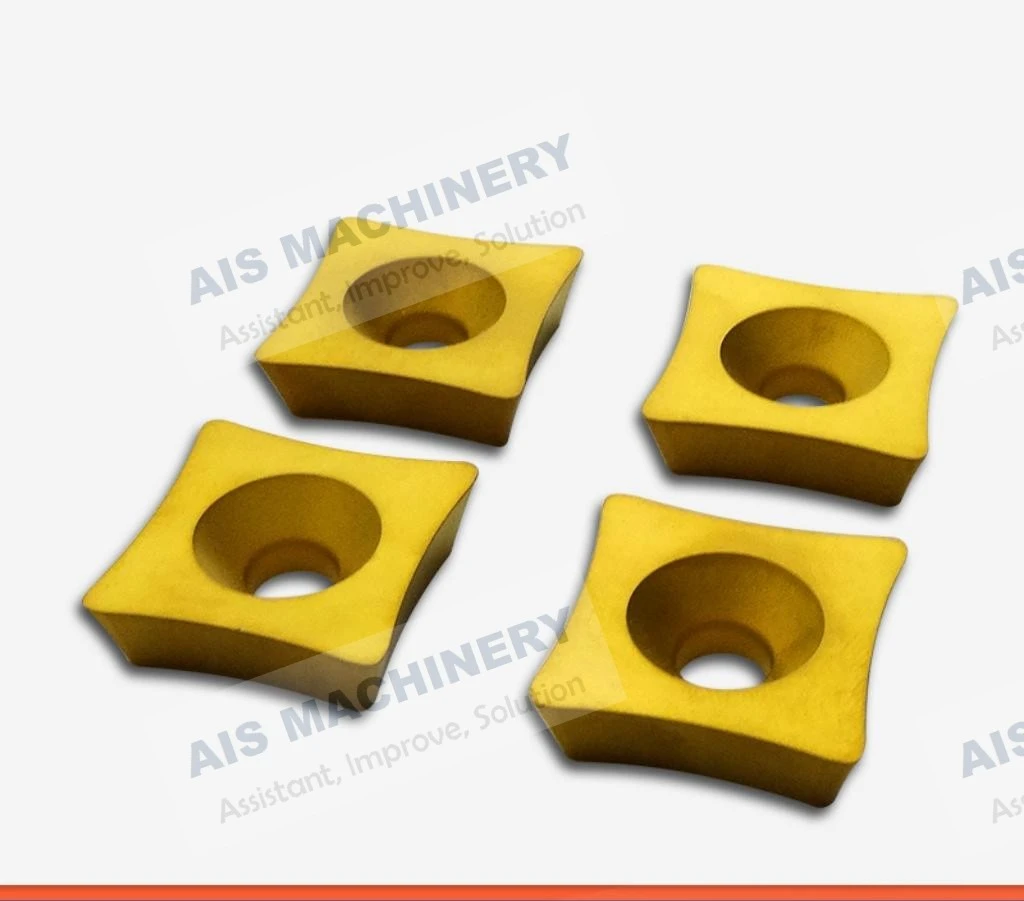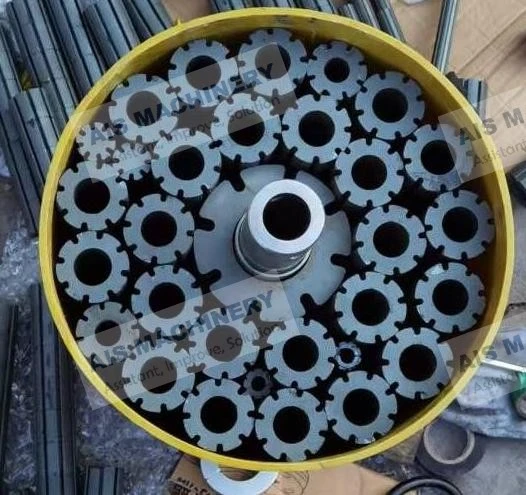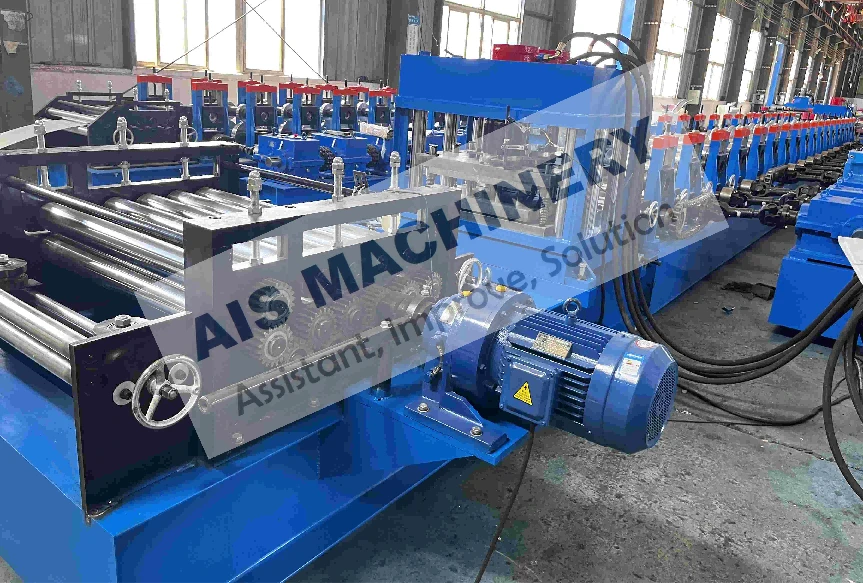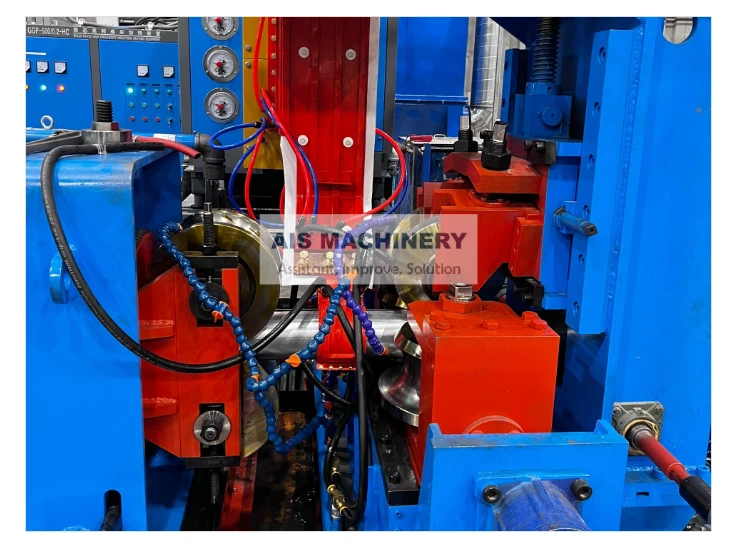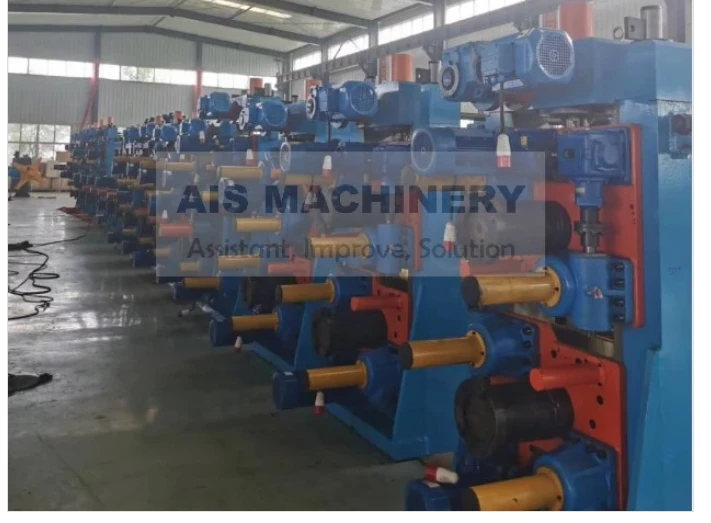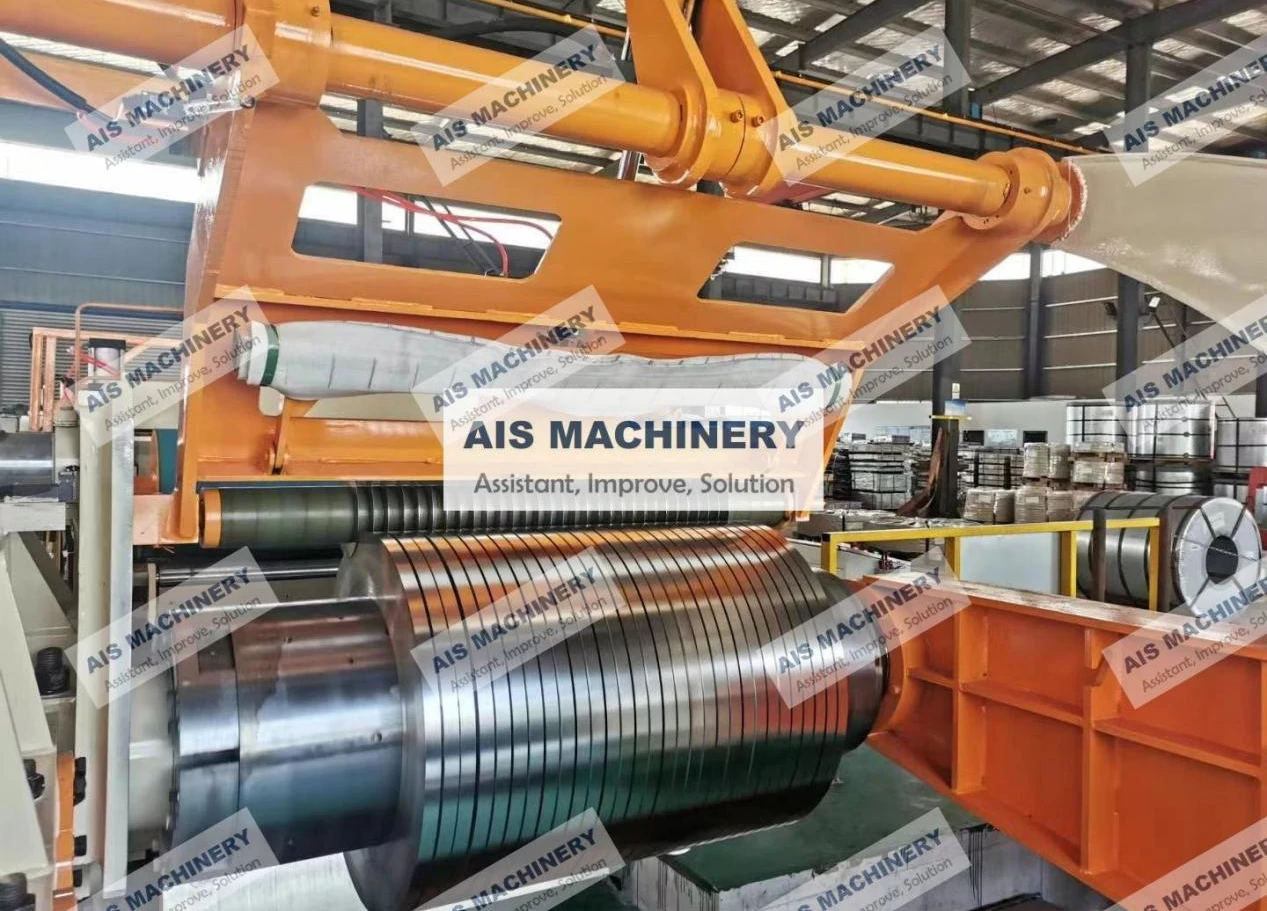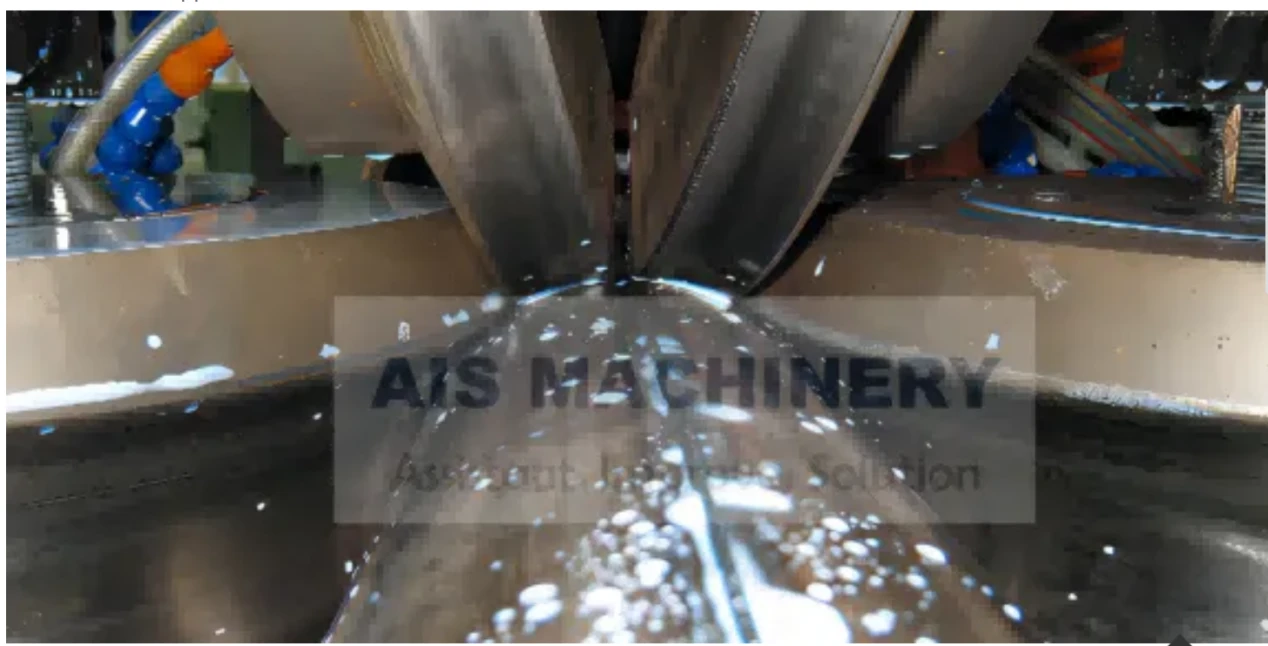-
 Tel:86-15176910262
Tel:86-15176910262
-

Search


Slitting Knives and Slitting Spacers FAQs
What is a Slitting Separator?


A slitting separator is a guiding and isolating component installed on both sides of the top and bottom slitter shafts. It is positioned between the slit strips to prevent them from touching, tangling, or scratching each other during line operation or recoiling.
What’s the difference between a Separator and a Spacer?


A Separator is used to physically separate and support the slit strips and guide them during operation.
A Spacer is used to accurately set the spacing between knives to ensure the correct strip width.
Where are separators installed, and how is spacing set?


Separators are mounted on the shafts on both sides of the knives and placed between the finished slit strips.
Spacing is based on strip width, knife arrangement, and rewinding tension, typically leaving a 0.2–1 mm clearance between strips.
How should separators be maintained?


Regularly clean dust, oil, or metal debris from the surface
Store in a dry environment to prevent rust
Check rubber coating for aging, hardening, or cracks and replace as needed
Inspect bearings (if equipped) for smooth rotation
Can separators be customized?


Yes. You can customize outer diameter, inner bore, thickness, and coating material based on shaft size, strip width, material type, and specific line requirements.




Related Products
Related News
Send a Message
Dear customer, thank you for your attention! We provide high-quality machinery and equipment and look forward to your orders. Please inform us of your needs and we will respond quickly!

